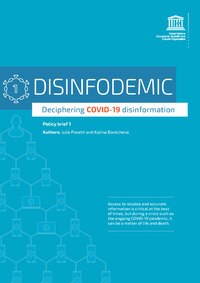
Photo from wikipedia
The aim of this study was to investigate changes in 25(OH)D (25-hydroxyvitamin D) levels and in the vitamin D status of Korean adults before and during the coronavirus disease (COVID-19)… Click to show full abstract
The aim of this study was to investigate changes in 25(OH)D (25-hydroxyvitamin D) levels and in the vitamin D status of Korean adults before and during the coronavirus disease (COVID-19) pandemic. This study compared serum 25(OH)D levels before and after the pandemic in 1483 adults aged 19 years and older who were screened at a university hospital. Subjects were selected only from participants tested in the same season before and after the pandemic. The pre-COVID-19 testing period was from 1 March 2018 to 31 November 2019; the testing period in the COVID-19 era was from 1 June 2020 to 31 November 2021. The mean 25(OH)D level for all participants was 21.4 ± 10.2 ng/mL prior to the outbreak of COVID-19, which increased to 23.6 ± 11.8 ng/mL during the COVID-19 lockdown period (p < 0.001). The increase was particularly dramatic in elderly females (28.8 ± 12.3 ng/mL to 37.7 ± 18.6 ng/mL, p = 0.008). The prevalence of vitamin D deficiency decreased in both males (48.4% to 44.5%, p = 0.005) and females (57.0% to 46.0%, p < 0.001). In conclusion, 25(OH)D levels in Korean adults increased during the COVID-19 era, and the prevalence of vitamin D deficiency decreased accordingly.
Journal Title: Nutrients
Year Published: 2022
Link to full text (if available)
Share on Social Media: Sign Up to like & get
recommendations!